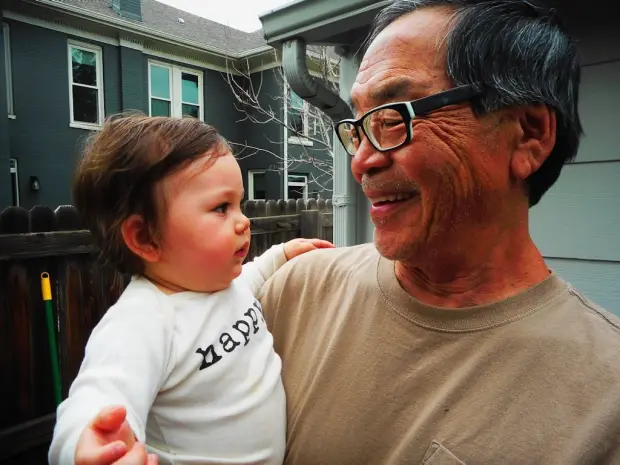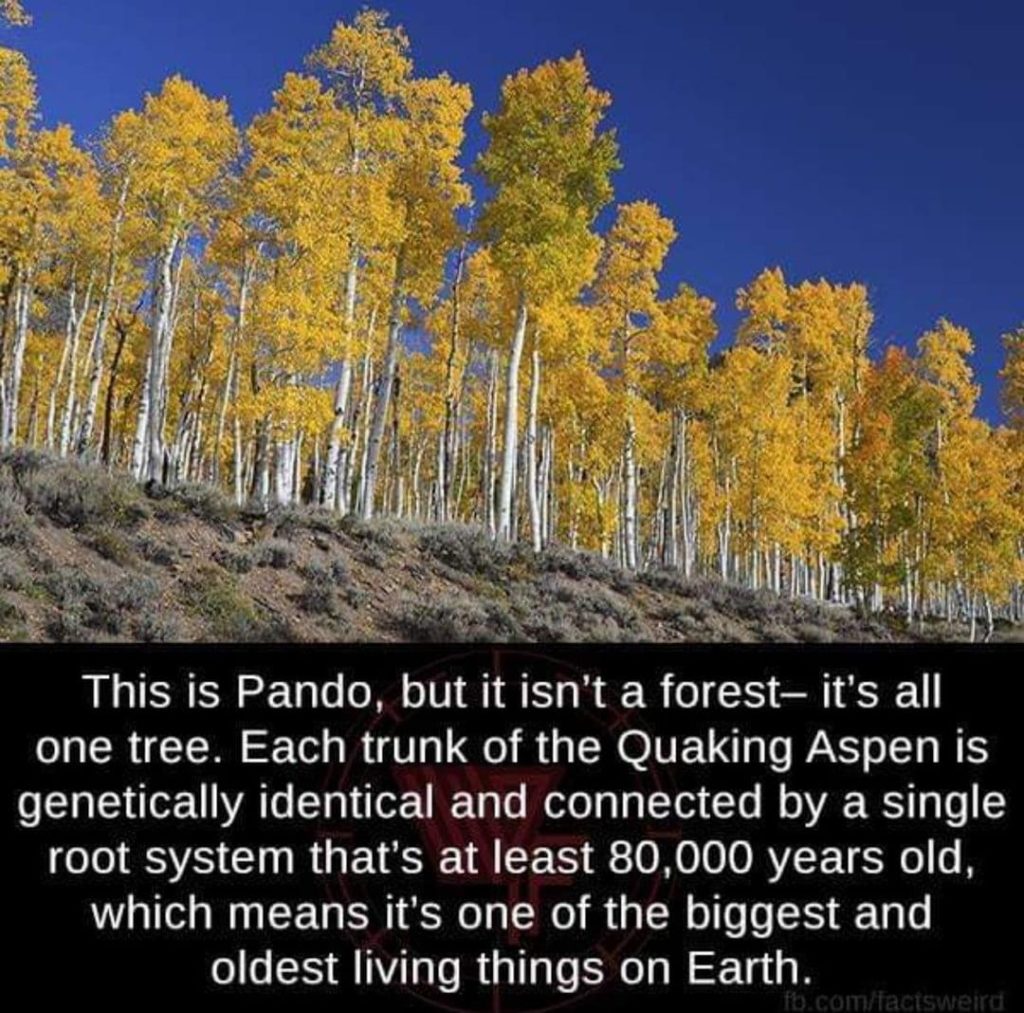Friday
Community Articles, Editorial StaffFall Gracefully 優雅に落ちる
By David Takahashi
Is there Gravity, or Does the Earth Suck?
The phrase “yuuga ni ochiru” (優雅に落ちる) in Japanese translates to “gracefully falling” or “elegantly descending” in English. It combines the word “yuuga” (優雅), meaning “graceful” or “elegant,” with the verb “ochiru” (落ちる), which means “to fall” or “to descend”. So, it conveys the idea of something descending refined and gracefully. You’ve probably noticed that the pace of natural disruptions generally arrives with increased frequency and intensity: be it social or environmental, we seem to be in a period of ripening karmic activity. Is it true that when collapse occurs, the hot and heavy are hotter and heavier?
In this offering, I will explore the theme that when gravity increases, our appropriate response might be to learn how to fall gracefully and endeavor to learn proper landing skills. Falling is not optional; what we do with it is.
The Earth Sucks
I went over to where Ted was leaning against the green cinderblock wall. He was sitting with his legs splayed out below the bulletin board, which was full of notices from the Mathematical Society of America, which nobody ever read, Peanuts comic strips (the acme of humor, in the late Mrs. Underwood’s estimation), and a poster showing Bertrand Russell and a quote: “Gravity alone proves the existence of God.” But any undergraduate in creation could have told Bertrand that it has been conclusively proved that there is no gravity; the Earth just sucks.
― Richard Bachman
The Experience of Slipping on Ice
One of the genesis of this offering came this past winter. Causes and conditions led me to wish to increase my daily steps to 10,000. This challenge meant walking in all kinds of weather conditions. Three times this winter, despite my thorough precautions, I slipped, fell, and landed on the unforgiving medium we know as ice. Miraculously, I found myself staring up at the sky each time, wondering how I was still conscious and doing a body scan for any injury. My instincts have been to cross my fingers and fall with some grace. Slippage happened despite my mindfully aware caution that ice lies waiting.
The first time I put on ice skates and wobbled onto the rink, I took the inevitable fall and cracked my head. I know the ice drill.
Cats and Righting Reflex
I began to be curious about the idea of falling with some grace. My investigation led early on to the subject of cats and their ability to land on their feet: this is known as the Righting Reflex.
After determining down from up visually or with their vestibular apparatus (in the inner ear), cats twist themselves to face downward without changing their net angular momentum. They can accomplish this with these critical steps:
- Bend in the middle so that the front half of their body rotates about a different axis from the rear half.
- Tuck their front legs in to reduce the moment of inertia of the front half of their body and extend their rear legs to increase the moment of inertia of the rear half so that they can rotate their front by as much as 90°. In contrast, the rear half rotates in the opposite direction as little as 10°.
- Extend their front legs and tuck their rear legs so that they can rotate their rear half further while their front half rotates less in the opposite direction.
Depending on the cat’s flexibility and initial angular momentum, if any, the cat may need to perform steps two and three repeatedly to complete a full 180° rotation.
The Idea of Dance as Graceful Falling
If life is a dance of defying gravity, I recall that dancers have mastered the art and might provide some helpful wisdom.
In the dance world, a fall is a controlled movement in which a dancer intentionally lowers their body to the ground gracefully and controlled. Choreography often uses falls to add drama, emotion, and excitement to a performance. While falls may appear spontaneous and unplanned, they are carefully choreographed and rehearsed to ensure the dancer’s safety.
It’s not the falling but the landing.
The Good News
Another source of inspiration for this offering came from the echoes of a Trungpa quote I have heard in many contexts over the years.
The bad news is you’re falling through the air, nothing to hang on to, no parachute. The good news is, there’s no ground.
–Chögyam Trungpa
This profound statement invites us to embrace uncertainty and impermanence, recognizing that life is a continuous journey without fixed points or guarantees. While the descent may feel unsettling, the absence of solid ground offers freedom and possibility.
Post Shambhacolypse
In the aftermath of the Shambhala meltdown, the Boulder Shambhala Center formed a community council. At the initial meeting, seated in the Center Library, we were asked to share our inspiration for joining a community council. I came up with two reasons:
The trauma faced by displaced First Nations
I observed that we were meeting on the unceded territory of the Arapahoe and the nearly 50 other tribes that once roamed the land we now know as Boulder, CO. I shared that 150 years ago, they experienced cultural disruption of magnitudes more significant than our present experience and that despite the obstacles, they are still here and asking to be welcomed back home. I summarized that a culture with inherent value may endure seemingly insurmountable challenges.
The Yumi’s strength in bending without breaking
Above a cabinet in the library at the time was a Yumi Shrine. I called attention to the Yumi Shrine and explained that the Yumi gathers its strength from the flexibility and springiness of bending without breaking. I observed that our culture had become brittle and that we needed to restore our ability to bend without breaking.
System Collapse and the Gravity of Downward Spirals – Cascading Disasters
When systems begin to break down, a phenomenon named Cascading Disaster exhibits itself in these circumstances. Our ripening Karma is exhibiting the characteristics of a volatile, uncertain, complex, and ambiguous cascading disaster that is marked by a sense of accelerating falling.
Best understood like a row of toppling dominoes, one disaster causes another in a series, leading to worse impacts over a wider area than expected. Unlike dominoes, the path and effects can be challenging to predict. In a world increasingly reliant on technological networks and interconnected essential infrastructure—power, internet, global food chains, sophisticated waste treatment—one flood or earthquake can cause many problems.
On a global scale, we must endure shocks without losing our collective seat.
Hopi Message From the Elders
In the southwest live the Hopi, who may well be relatives of Tibetans, who have been able to live in the most inhospitable conditions for millennia. As the cascading disasters surfaced, they shared some of their wisdom with the world. One of these is known as the Hopi Message from the Elders, in which I offer a snippet which counsels us on letting go:
Know the river has its destination.
The elders say we must let go of the shore, push off toward the middle of
the river,
Keep our eyes open and our heads above the water. See who is there with you and celebrate.
Resilience

One of my favorite Japanese proverbs is nana koro bi ya oki, which translates to ‘fall down seven times, stand up eight.’ It expresses the Japanese devotion to working earnestly and persisting, telling us that, to make progress in life, we will inevitably sometimes strive to go beyond what we are currently capable of. This precaution means we may fail and must dust ourselves off before trying again.
This awareness is the grittiness that the Arapaho, Cheyenne, Utes, and 50 other tribes exhibit in their requests to return home. The same perseverance drives the Dalai Lama to wish to return to Tibet. It is this grit that Shambhala exhibits today as we learn how to go on when we no longer have someone telling us what to do.
Sense of Daring with Balance
In Sacred Path of the Warrior, Chapter 10, titled Letting Go, Chögyam Trungpa and Guru Rinpoche appear to anticipate our current dilemma and are willing to offer sage advice on the path from fixed to free fall.
For the warrior, every moment is a challenge to be genuine, and each challenge is delightful. When you let go properly, you can relax and enjoy the challenge.”
–Chögyam Trungpa, Shambhala: The Sacred Path of the Warrior
Ziji
Chapter 10 is a wealth of approaches to our advised Letting Go, and it is worth rereading as the text is a bit like terma each time new knowledge is revealed. I happened to latch onto the idea of Ziji being a quality of confidence in our ability to let go and instinctively do so with a certain redeeming grace.
In the Shambhala teachings, ziji has particular importance. Though on occasion, especially in our early days, we translated ziji as “light,” we quickly settled on two renderings that the Vidyadhara felt brought out the inner quality that resulted in an outer radiance: “confidence” and “dignity.” These are key terms in the Shambhala teachings. In fact, both render the one Tibetan phrase, ziji. The choice we made largely depended on the context—often the result of lengthy discussions with the tertön, the Druk Sakyong. http://nalandatranslation.org/offerings/choosing-the-right-word/ziji/.
Summary
Our world is out of balance. It wobbles and teeters. I have shared some expert opinions with you. One I have not shared is the wisdom of asking, ‘What would nature do?’ One answer comes from a community of Aspen trees that outran an Ice Age to land in southern Utah, where they have survived for over 80,000 years. This community demonstrates a certain flexible resiliency. These trees were well along when the Buddha touched the Earth.
Maybe hearing synonyms for graceful falling will help summarize our challenge: strength, persistence, persistency, tenacity, perseverance, fortitude, doggedness, grit, obduracy, obstinacy, tenaciousness, backbone, obdurateness, obstinateness, autonomy, pluck, self-reliance, self-sufficiency, interdependence, self-determination, self-support, self-dependence, and self-subsistence, the ability to recover quickly from depression or discouragement, bounce, buoyancy, elasticity, and resilience, the quality or state of being flexible, bounce, ductility, elasticity, flexibility, flexibleness, give, malleability, malleableness, plasticity, pliability, pliableness, pliancy, pliantness, spring, springiness, suppleness, flexure.
it’s not the falling but the landing…and…getting back up. We never, ever give up!
***
About David

David Takahashi is Touching the Earth’s first EcoDharma Doula. He is an Earth protector and a co-founder of the Shambhala Touching the Earth Collective.












